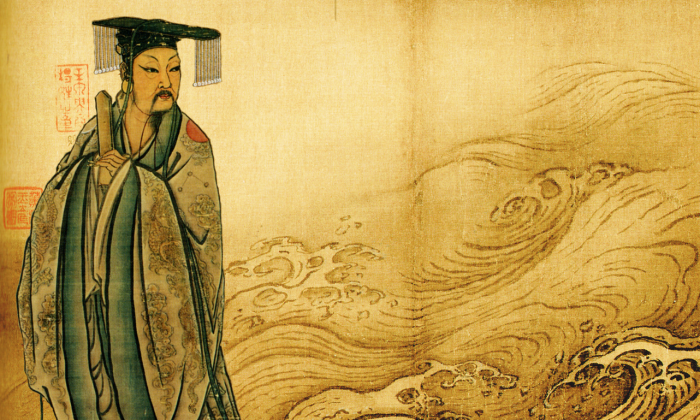#KnowYourEnemy #ChinaHistory Part 2: Xia and Shang dynasties
In the last article we looked at how China entered the monarchy and the early Bronze Age. It is believed that Shun, the last emperor of the five emperors, gave the kingdom to Yu. He created the Xia dynasty, now widely regarded by the Chinese as 'Yu The Great'.









